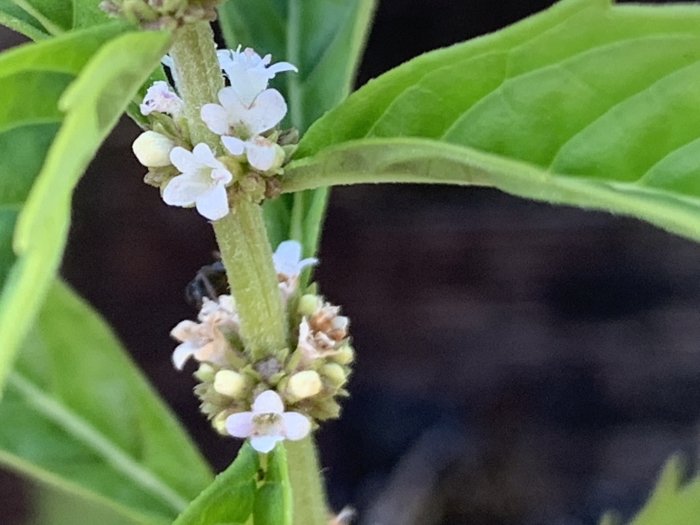Northern Bugleweed
(Lycopus uniflorus)
Northern Bugleweed (Lycopus uniflorus)
/
/

davidbroadland
Public Domain



















































Estimated Native Range
Summary
Northern Bugleweed is valued for its adaptability to wet conditions and is often used in rain gardens or areas with poor drainage. It can also serve as a ground cover in shaded areas. This plant prefers consistently moist to wet soils and can tolerate a range of light conditions, from full sun to partial shade. While it is not known for aggressive roots or significant disease problems, it can spread readily by rhizomes, which should be considered when planting in smaller spaces. Northern Bugleweed is not commonly known for its culinary or medicinal uses, but it does provide habitat and food for various insects and wildlife.CC BY-SA 4.0
Plant Description
- Plant Type: Herb
- Height: 1-2 feet
- Width: 0.5-0.7 feet
- Growth Rate: Moderate
- Flower Color: White
- Flowering Season: Summer, Fall
- Leaf Retention: Semi-Deciduous
Growth Requirements
- Sun: Full Sun, Part Shade
- Water: Medium, High
- Drainage: Slow, Medium, Fast
Common Uses
Bee Garden, Butterfly Garden, Edible*Disclaimer: Easyscape's listed plant edibility is for informational use. Always verify the safety and proper identification of any plant before consumption., Low Maintenance, Water Garden
Natural Habitat
Wetland areas such as marshes, bogs, and stream banks
Other Names
Common Names: Northern Water-Horehound, One-Flowered Bugleweed, One-Flowered Water-Horehound, Tuberous Water-Horehound, Lycope Uniflore, Lycope À Une Fleur, 털쉽싸리
Scientific Names: , Lycopus uniflorus, Lycopus coreanus, Lycopus communis, Lycopus uniflorus var. uniflorus, Lycopus parviflorus, Lycopus uniflorus var. ovatus, Lycopus membranaceus, Lycopus uniflorus f. flagellaris, Lycopus pumilus
GBIF Accepted Name: Lycopus uniflorus Michx.